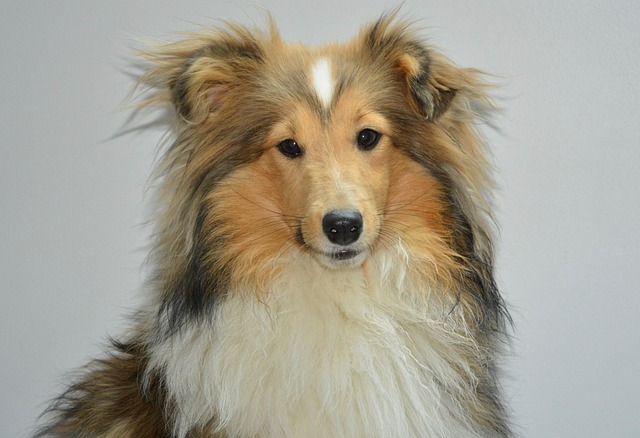
How do i train my dog to be obedient?
Watching your dog dart across the park ignoring your calls isn’t just frustrating—it can put them at risk near busy streets or public spaces.
There’s nothing like coming home to a whirlwind of energy: your pup spinning in circles, jumping on the couch, barking at the window, and knocking over your coffee cup—all before you’ve even taken off your shoes. For new dog owners in NYC apartments or Chicago condos, an overly hyper dog isn’t just a nuisance; it’s a daily challenge that leaves you stressed and them unsatisfied. But calming that chaos doesn’t mean squashing their spirit—it means understanding why they’re hyper and channeling that energy into something constructive, using methods that build trust, not fear.
Hyperactivity in dogs often stems from unmet needs, not “bad behavior.” Dogs, especially young pups or high-energy breeds like Border Collies or Australian Shepherds, are wired to work—whether herding, hunting, or exploring. When they don’t get enough physical exercise or mental stimulation, that pent-up energy explodes into zoomies, jumping, or excessive barking. Think of it like a toddler with a sugar rush and no playground: their bodies and brains need an outlet, and without one, they can’t settle down. Even couch potato breeds like Basset Hounds get stir-crazy without regular activity, though their hyperactivity might look more like persistent nudging or chewing than spinning.
So, how do you turn that energy down? Start with structured exercise—before they get overly excited. A 20-minute brisk walk or a game of fetch in the morning (when their energy peaks) burns physical fuel, making calm behavior easier. My neighbor in Denver swears by this: her hyper Lab mix used to destroy pillows daily until she started morning hikes, after which he naps contentedly for hours. Then, add mental work—puzzle toys stuffed with peanut butter, short training sessions (5 minutes max) teaching “sit” or “stay” with tiny treats, or even hiding kibble around the room for them to sniff out. Mental exhaustion tires them out faster than physical activity alone.

Your own energy matters too. Dogs mirror human emotions, so yelling or chasing them when they’re hyper only revs them up more. Instead, stay calm: stand still with your arms crossed when they jump, and wait for all four paws to hit the floor before giving attention or treats. This teaches them that calm behavior gets rewards, while hyperactivity gets nothing. Never use physical punishment—slapping or yelling damages trust, and studies show positive reinforcement (treats, praise, play) works far better for long-term behavior. A trainer friend in Seattle calls this “calm leadership”—your steady energy helps them feel secure enough to relax.
Responsible dog ownership ties into this too. First, ensure their vaccines (rabies, required in all 50 states) are current—healthy dogs handle training better. In apartments, time exercise around quiet hours to avoid disturbing neighbors; a 7 a.m. walk is better than a 10 p.m. zoomie session. When out, keep hyper dogs leashed securely—excited jumping can scare kids or seniors, violating community etiquette. Always carry biodegradable poop bags, even on quick potty breaks; good manners keep parks and sidewalks welcoming for everyone.
Calming a hyper dog takes patience, not perfection. By mixing exercise, mental games, and calm leadership, you’ll turn chaos into connection—watching your once-whirling pup curl up contentedly at your feet, proof that understanding their needs creates harmony for both of you.

Watching your dog dart across the park ignoring your calls isn’t just frustrating—it can put them at risk near busy streets or public spaces.

New puppy owners often find themselves rushing to clean up accidents before they set in, and that’s where puppy pad training becomes a game-changer.

If you've noticed your dog's waistline disappearing and your veterinarian has mentioned those few extra pounds, your first instinct might be to simply reduce the amount of food in their bowl.

Training a dog to use a designated spot indoors isn’t as daunting as many new owners fear, but it does take consistency and an understanding of your pet’s needs.

That moment of dread on a walk is all too familiar for many new dog owners. You see another dog approaching down the sidewalk of your neighborhood

If the sight of another dog on your neighborhood walk makes your heart sink as your own dog erupts into a frenzy of barking and lunging, you're not alone.